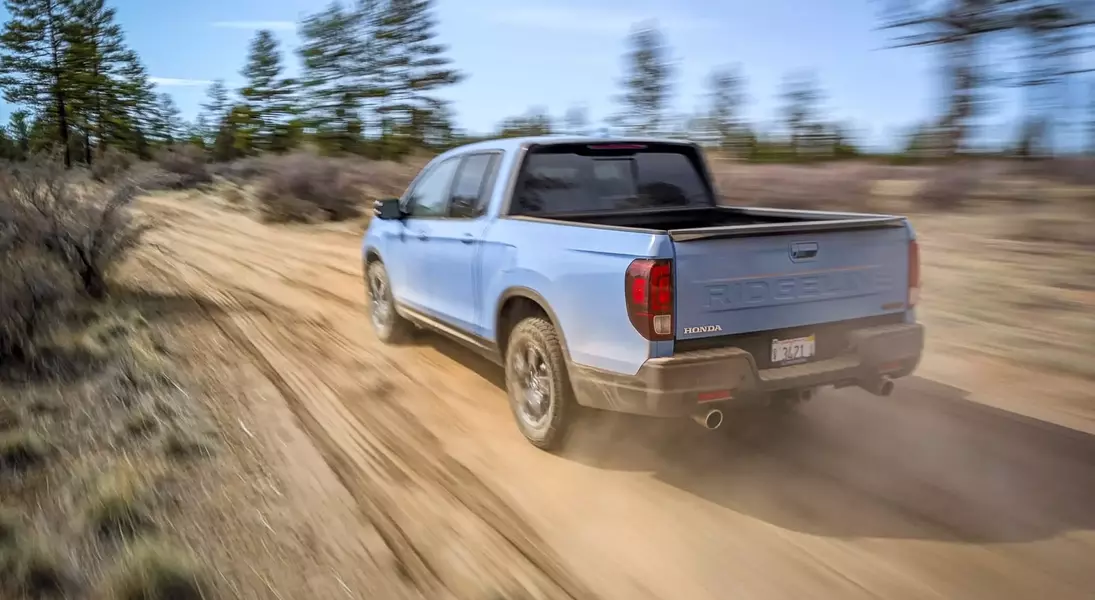
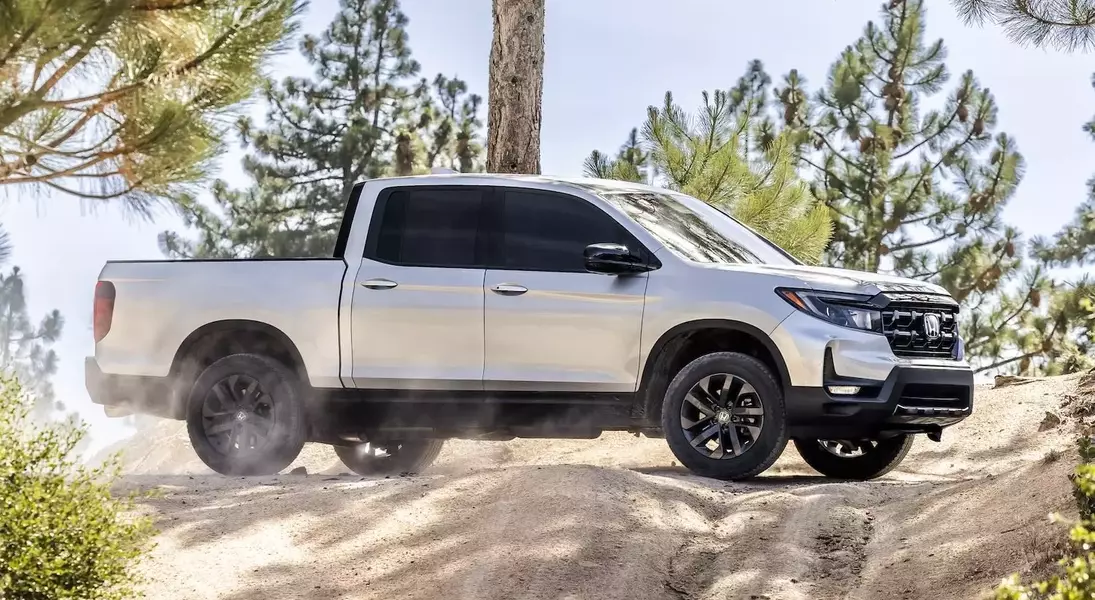
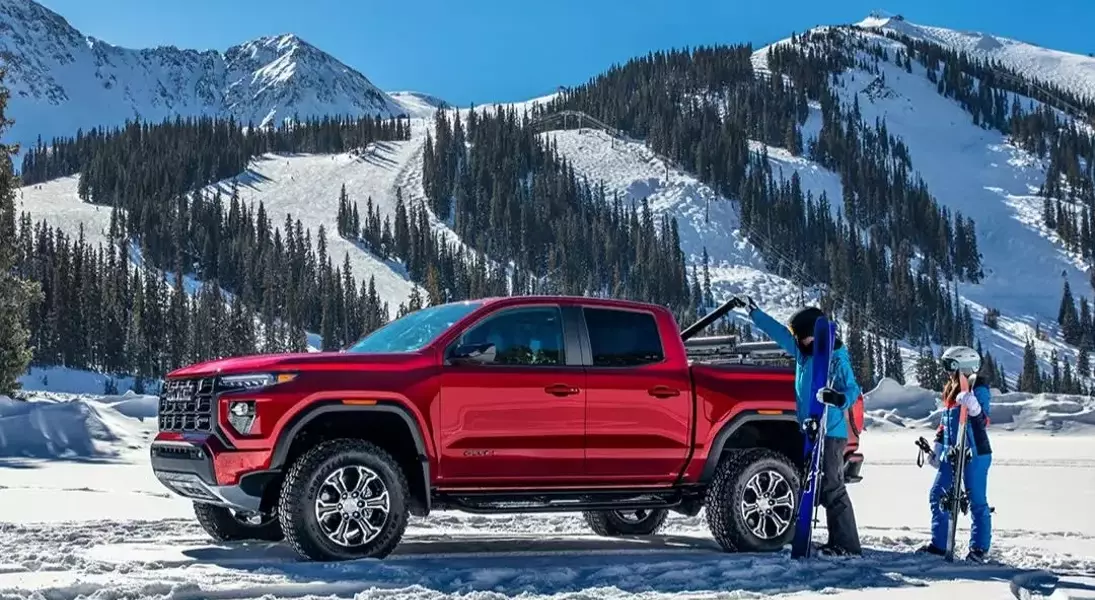
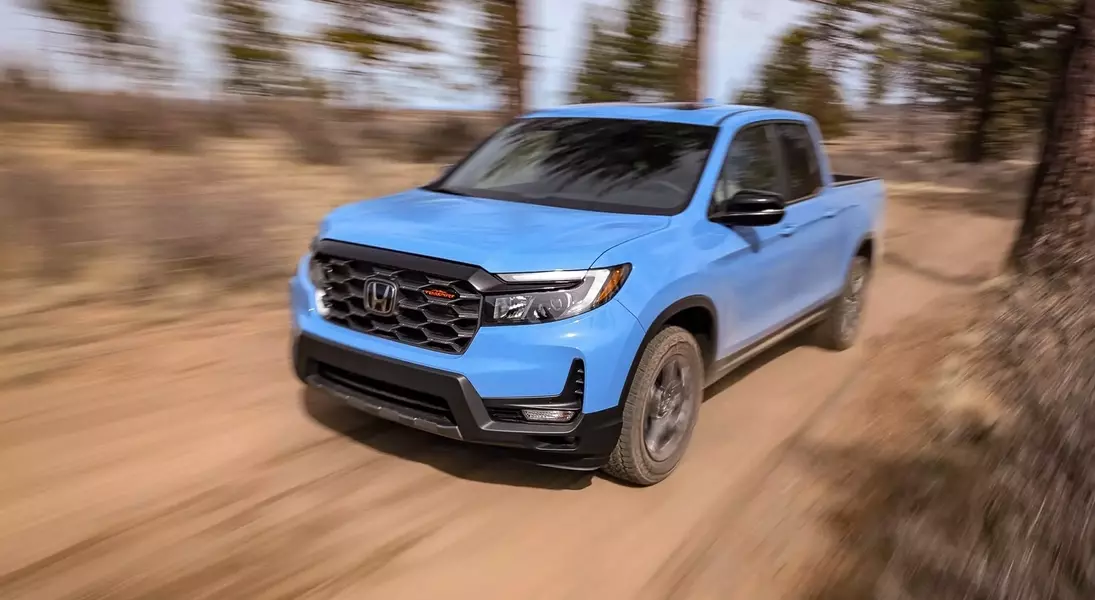
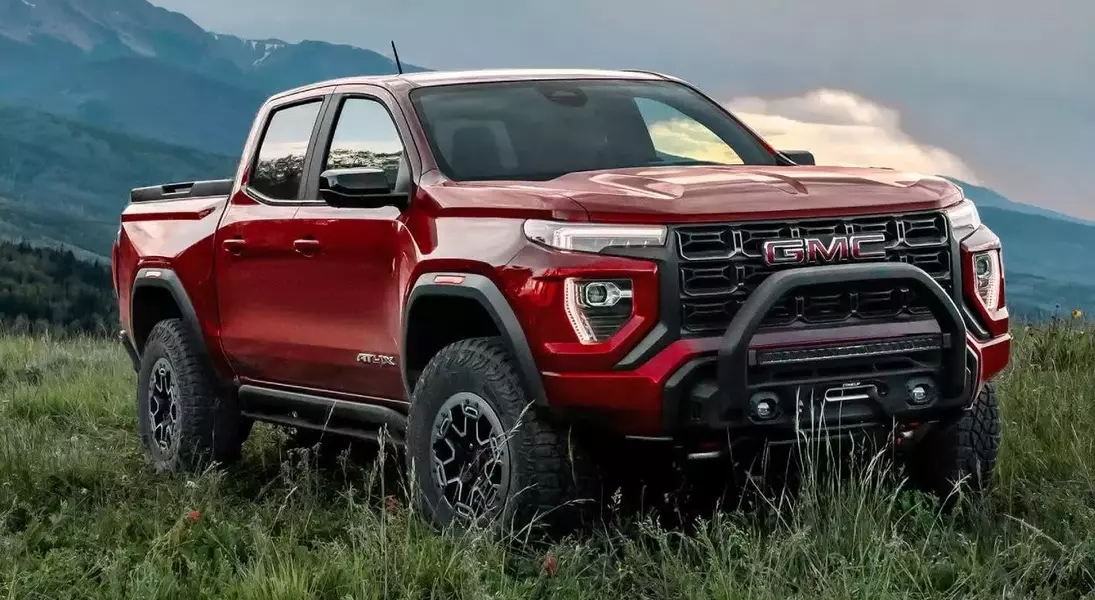

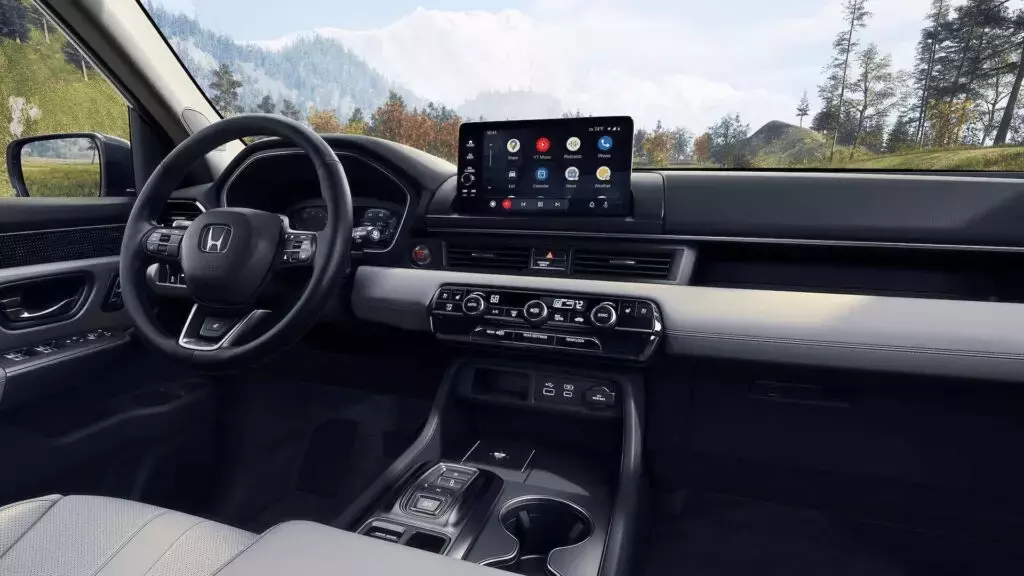
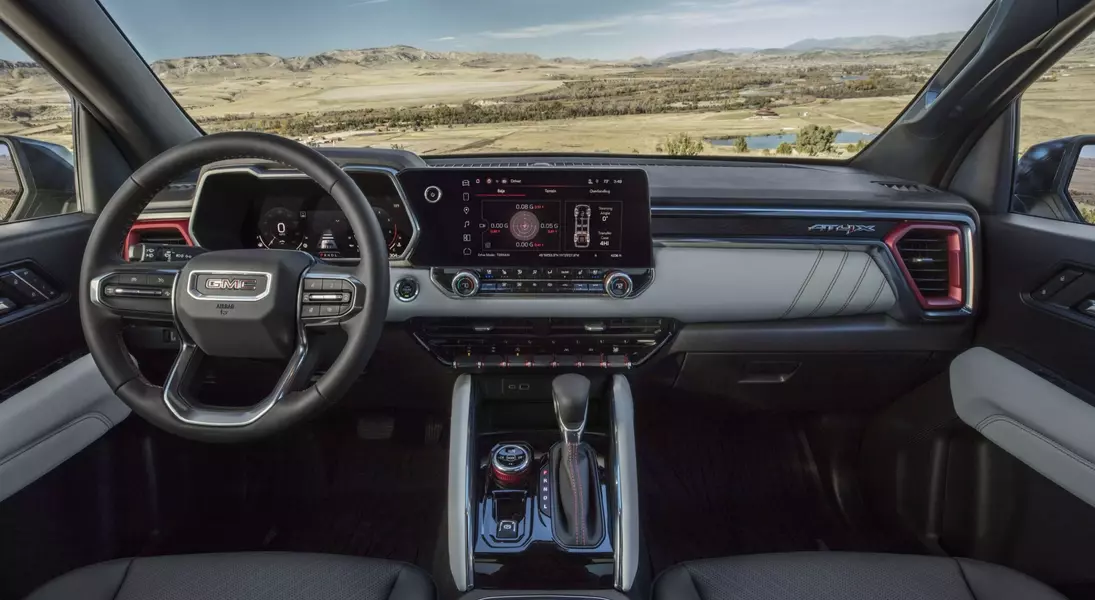
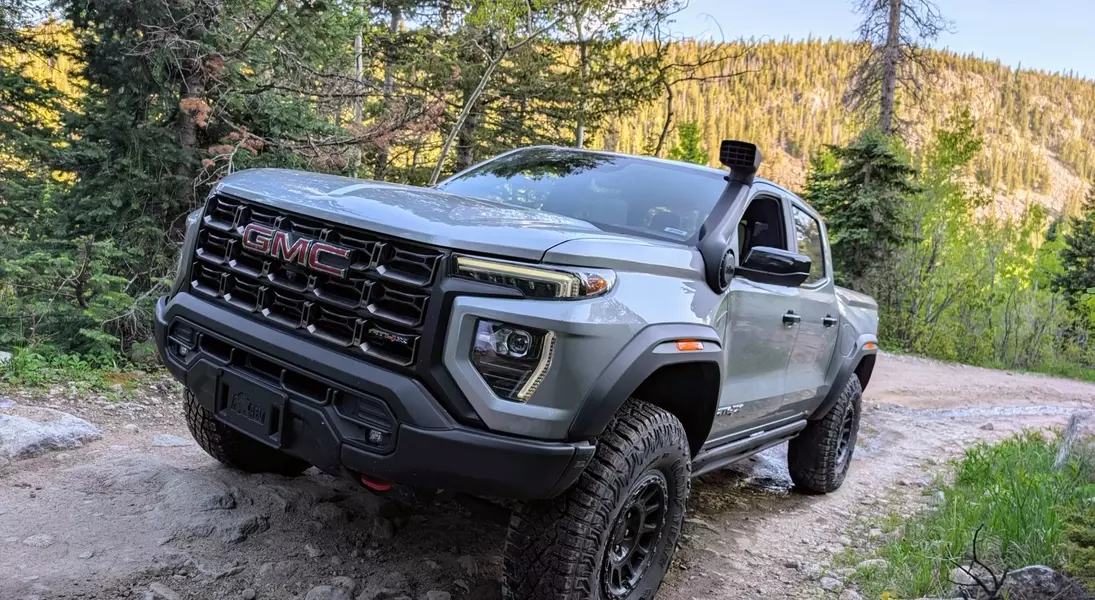


Choosing between the 2025 Honda Ridgeline and the 2025 GMC Canyon requires a thorough understanding of their core philosophies. While both are contenders in the midsize truck market, they cater to different user demands. The Ridgeline is crafted for comfort, intelligent storage solutions, and seamless daily utility, often feeling more like an SUV to drive. In contrast, the Canyon is engineered for demanding tasks, prioritizing heavy-duty towing, substantial payload capacities, and formidable off-road capabilities. This detailed analysis will help prospective owners determine which truck aligns best with their lifestyle and operational requirements, examining aspects from powertrain to practicality.
Beneath the surface, the 2025 Honda Ridgeline features a 3.5-liter V6 engine, consistently delivering 280 horsepower and 262 lb-ft of torque across all its variants, paired with a nine-speed automatic transmission. This setup allows the Ridgeline to tow up to 5,000 pounds and manage a payload of around 1,583 pounds (depending on the trim), making it suitable for a range of everyday hauling needs without excessive strain. On the other hand, the 2025 GMC Canyon typically comes equipped with a 2.7-liter turbocharged four-cylinder engine, which boasts an impressive 310 horsepower and 430 lb-ft of torque, coupled with an eight-speed automatic transmission. The Canyon’s maximum towing capacity can reach 7,700 pounds, highlighting its superior strength for heavier loads, while its payload capacity, though varying by trim, is comparable to the Ridgeline in certain configurations like the AT4.
In terms of cargo management and bed design, the Ridgeline distinguishes itself with a thoughtful and versatile approach. It incorporates a lockable in-bed trunk offering about 7.3 cubic feet of weather-protected storage beneath the bed floor, alongside a standard bed volume of 33.9 cubic feet. Its overall gross vehicle weight rating is 6,019 pounds, with a curb weight ranging from approximately 4,420 to 4,504 pounds. The Canyon, however, adopts a more conventional bed architecture, foregoing the in-bed trunk but providing greater flexibility for various racks, toolboxes, and accessories. A crew-cab short-box Canyon, for instance, offers a bed length of 61.7 inches. This design, combined with its robust payload and towing metrics, makes the Canyon exceptionally adaptable for demanding work scenarios or transporting substantial equipment.
Fuel efficiency is another distinguishing factor between these two vehicles, reflecting their intended uses. The Ridgeline achieves EPA estimates of roughly 18 mpg in urban settings, 24 mpg on highways, and a combined 21 mpg. Its V6 engine is calibrated to provide a harmonious blend of power when needed and efficient operation during lighter use. For the Canyon, fuel consumption varies considerably with its drivetrain and specific trim level. For example, a 4WD model with the 2.7L turbo engine is rated at an estimated 19 mpg combined. The Canyon’s turbocharged engine, while offering considerable torque for towing, incurs a higher fuel cost, particularly in city driving or when not fully utilizing its hauling capabilities.
Regarding safety, drivetrain, and off-road capabilities, the Ridgeline includes Honda’s all-wheel-drive system as a standard feature, ensuring a stable and refined on-road driving experience, along with reliable traction in diverse conditions. It is also equipped with Honda Sensing, a comprehensive suite of driver-assist technologies that includes adaptive cruise control and lane-keeping assistance. The GMC Canyon, on the other hand, offers 4WD on several trims, particularly those designed for off-road enthusiasts like the AT4. More advanced versions, such as the Canyon AT4X, feature specialized hardware including locking differentials, enhanced suspension systems, and robust underbody protection, making it a more formidable choice for challenging off-road excursions or tasks requiring full truck-level ruggedness.
When it comes to the overall ownership experience, comfort, and practicality, the Ridgeline excels in ride quality, thanks to its unibody-like chassis and SUV-derived foundation, providing a smoother ride compared to many body-on-frame trucks. Its interior ambiance more closely resembles an SUV, and the unique in-bed trunk offers secure and versatile storage. The Canyon delivers a more traditional truck experience, with owners often noting its stable feel while towing. Its potent turbo four-cylinder engine is frequently praised by users for its abundant torque, with reports of effortlessly towing significant loads such as 17-foot campers. According to Kelley Blue Book, the Ridgeline demonstrates competitive five-year ownership costs within its class, attributed to Honda’s reputation for reliability and strong resale values. The Canyon’s ownership costs can be higher, especially for off-road-oriented trims, due to 4WD systems, lower fuel efficiency, and potentially increased maintenance from heavy use. However, for those who regularly utilize its superior towing and payload capacities, these costs are often justified by the enhanced utility. Models like the AT4 or AT4X also tend to maintain good resale value among specialized buyers.
Ultimately, the decision between the 2025 Honda Ridgeline and the 2025 GMC Canyon hinges on individual needs. If everyday comfort, practical storage, and occasional hauling are your priorities, the Ridgeline offers a balanced, efficient, and user-friendly solution. However, for those requiring maximum capability for heavy towing, challenging off-road adventures, or substantial payloads, the Canyon’s robust engine and purpose-built design provide a distinct advantage. To ensure the best choice, it is advisable to test drive both vehicles in real-world scenarios that mimic your intended usage, considering factors like fuel consumption, insurance, and long-term resale value to make a well-informed purchasing decision.
